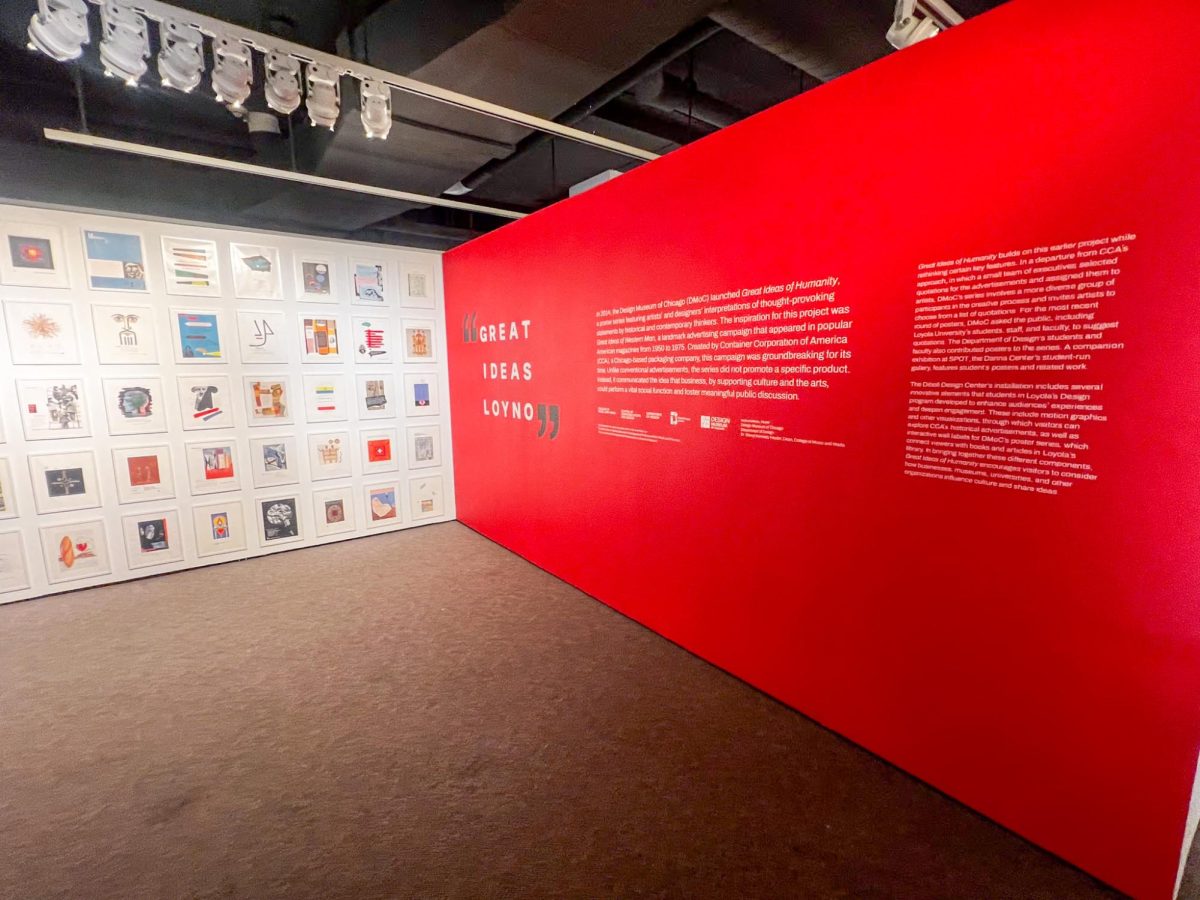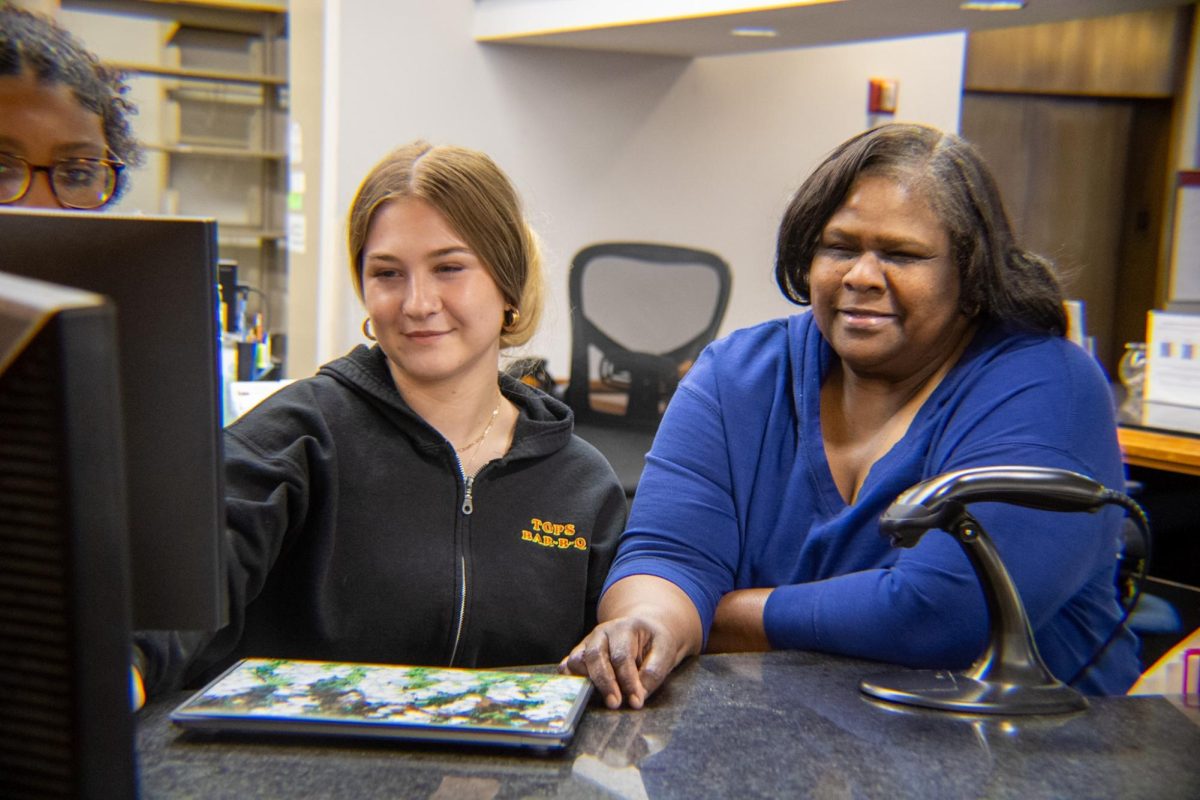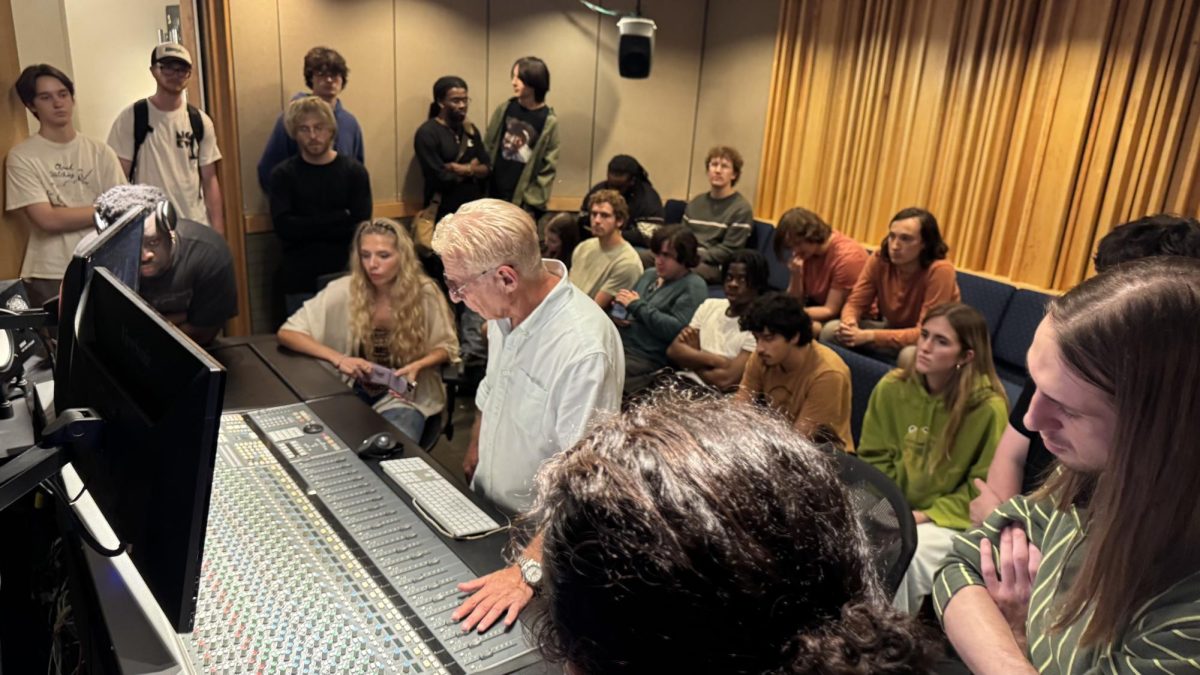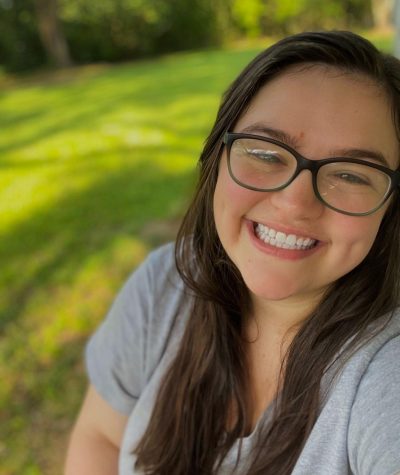Mark Manganaro, provost and vice president for academic affairs, plans to help retention efforts by creating workgroups from the Retention and Student Success Summit.
The Retention and Student Success Summit is made of up of 21 members ranging from deans to student affairs representatives, as well as one student representative, Khaled Badr, biological science senior and SGA president.
Manganaro said the summit met at the end of the fall semester and according to him, there was a great exchange of ideas.
“There is a cross section of people who play a vital role in retention, and my idea is to create a standing committee on retention and workgroups who can focus on specific issues and who can come up with some conclusions about what we should change or keep the same,” Manganaro said.
Manganaro said the timeline for creating the workgroups is a fast one, he hopes to have the groups established soon after the next summit meeting, which will be held Feb. 1.
“I hope by the end of the semester, the workgroup will have plans to put into effect for the new academic year,” he said.
Badr believes that the summit is proof the university is working hard to address student concerns and making student life better.
“I truly believe that the RSS will be effective in addressing student concerns because the approach is right; the Summit’s goal is to focus on student success and improving the quality of student life and learning. Once that has been established, retention will take care of itself,” Badr said in an email.
According to Manganaro, the university has an idea through statistics and surveys of what is meeting student expectations and what isn’t.
“We do student satisfaction inventories to see whether students are happy or unhappy with things ranging from the food to the residential halls. We’re dividing those concerns into about seven workgroups who can come up with some conclusions about what we should do differently and what should keep doing the way we’re doing it,” Manganaro said. “We need to focus on not only the issues but the successes as well.”
Right now, according to Manganaro, the university retention rate is 75 percent, and he believes the university should focus on the three-fourths of students who do come back.
Some students, like music industry junior Colleen Mayfield, don’t necessarily agree that the university is working hard enough to keep students.
“I don’t see any effort being made by the university, it doesn’t seem like they are attempting to keep students happy,” Mayfield said. “Especially the first year when it is so hard to find your niche in the university.”
Manganaro plans to send out an email to the Loyola community asking for volunteers and nominations of people who should be or want to be a part of these workgroups.
Hannah Iannazzo can be reached at hbiannaz@loyno.ed








